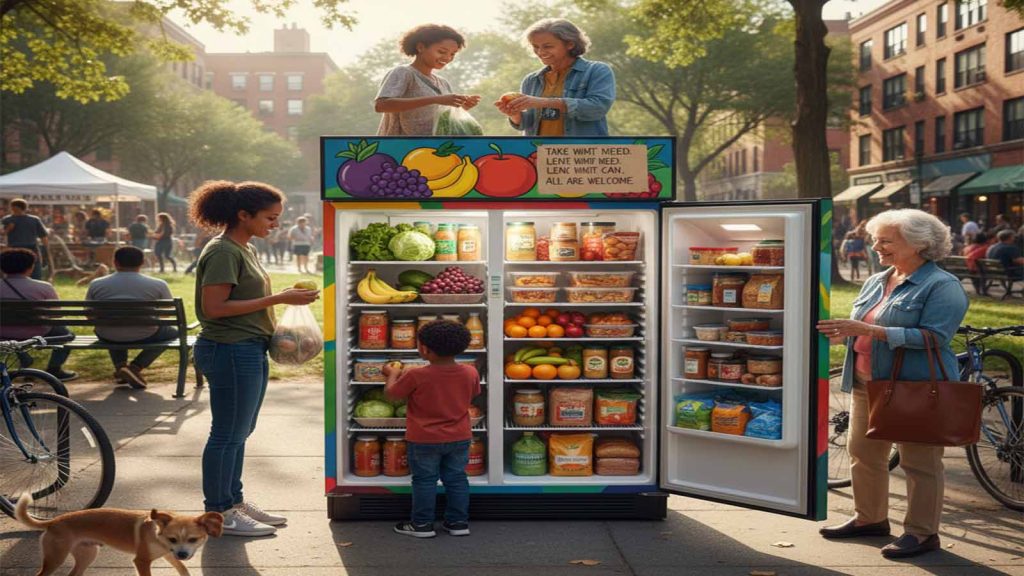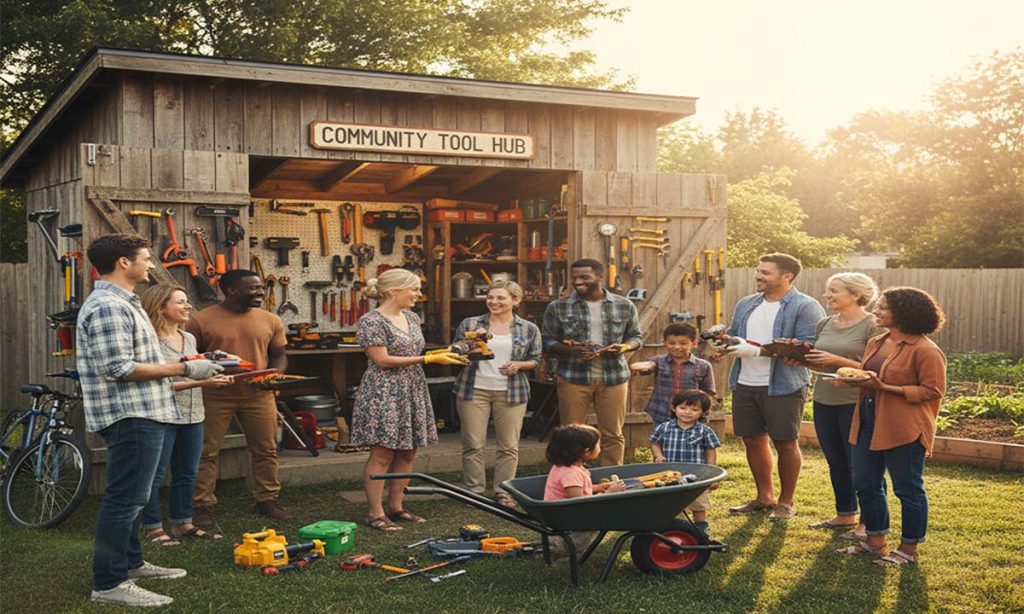Organizing a community clean-up event can make a significant impact on your local environment and foster a sense of community spirit. Whether you’re aiming to tidy up a local park, beach, or neighborhood, proper planning and organization are key to ensuring a successful event. Here’s a step-by-step guide to help you organize an effective community clean-up.
1. Plan Your Event
Define Objectives: Determine the specific goals of your clean-up event. Objectives might include removing litter, beautifying a public space, or raising environmental awareness. Additionally, consider exploring projects like starting a community garden initiatives to further enhance local green spaces.
Select a Date and Time: Choose a date and time that accommodates the schedules of your potential volunteers. Weekends or early mornings are often ideal for community events.
Identify the Area: Choose the location you want to clean. Ensure it’s a place that needs attention and where volunteers can safely work.
Obtain Permits: Check with local authorities or property owners to see if you need permits to conduct the clean-up. This step ensures you comply with any regulations and have the necessary permissions.
2. Gather Resources and Supplies
Collect Supplies: You will need items such as trash bags, gloves, litter pickers, and recycling bins. Reach out to local businesses or organizations for donations or loaned equipment.
Arrange for Waste Disposal: Contact your local waste management service to arrange for the collection and disposal of the collected trash. Ensure they are aware of the event date and the amount of waste expected.
Create a Supply Kit: Prepare kits with essential items for volunteers, including gloves, trash bags, and information about the event. Providing refreshments and first-aid kits can also be beneficial.
3. Promote Your Event
Create Promotional Materials: Design flyers, posters, and social media posts to spread the word about your clean-up event. Include details such as the date, time, location, and how people can get involved.
Use Social Media: Share the event on social media platforms to reach a wider audience. Encourage friends, family, and community groups to share and promote the event.
Engage Local Media: Contact local newspapers, radio stations, and TV channels to cover the event. Media coverage can increase visibility and attract more participants.
Reach Out to Local Organizations: Collaborate with schools, community groups, and local businesses to promote the event and recruit volunteers. They may also offer support or resources for broader community engagement projects.
4. Organize Volunteers
Create a Registration System: Set up a registration process to track volunteer numbers and gather contact information. This can be done through online forms or sign-up sheets.
Assign Roles and Responsibilities: Designate roles for volunteers, such as team leaders, safety officers, and waste coordinators. Clearly communicate each person’s responsibilities to ensure smooth operation.
Prepare for Training: Provide volunteers with basic training on safety procedures, waste sorting, and proper use of equipment. This helps ensure a safe and efficient clean-up.
Plan for Safety: Ensure that volunteers are aware of safety guidelines, such as wearing protective gear and avoiding hazardous materials. Have a first-aid kit available for any minor injuries.
5. Execute the Event
Set Up a Check-In Area: Create a check-in area where volunteers can sign in, receive their supply kits, and get instructions for the day.
Kick Off with a Briefing: Start the event with a brief meeting to outline the goals, safety procedures, and tasks for the day. Ensure everyone knows where to focus their efforts.
Monitor Progress: Walk around the clean-up area to check on progress, provide assistance, and address any issues that arise. Keep volunteers motivated and engaged.
Document the Event: Take photos and videos of the clean-up to document the progress and share on social media or with local media. This can help highlight the impact of the event and encourage future participation.
6. Wrap Up and Follow Up
Conduct a Debrief: At the end of the event, gather feedback from volunteers to understand what went well and what could be improved. This information is valuable for planning future events.
Thank Volunteers: Express your gratitude to all volunteers for their hard work. Consider sending thank-you notes or organizing a small appreciation event.
Dispose of Collected Waste: Ensure that all collected trash is properly sorted and disposed of according to local regulations. This includes recycling items where possible.
Evaluate the Impact: Assess the success of the event based on the amount of waste collected, the number of volunteers, and the feedback received. Share the results with the community to highlight the positive impact.
Plan for Future Events: Use the insights gained from the event to plan and improve future clean-up efforts. Regular events can help maintain community spaces and build ongoing engagement.
Benefits of a Community Clean-Up Event
- Improves Local Environment: Cleaning up litter and debris enhances the aesthetic and ecological quality of public spaces.
- Fosters Community Engagement: Such events bring people together, strengthening community bonds and promoting a sense of shared responsibility.
- Raises Environmental Awareness: Participants gain a greater understanding of environmental issues and the importance of maintaining clean surroundings.
- Encourages Healthy Habits: Involvement in community clean-ups promotes active lifestyles and can inspire ongoing environmental stewardship.
- Boosts Community Pride: Seeing tangible improvements in local areas fosters pride and encourages residents to take an active role in their community.
Conclusion
Organizing a community clean-up event involves careful planning, effective promotion, and active management. By bringing together volunteers and focusing on environmental improvement, you can create a positive impact on your local area while fostering community spirit and awareness.






